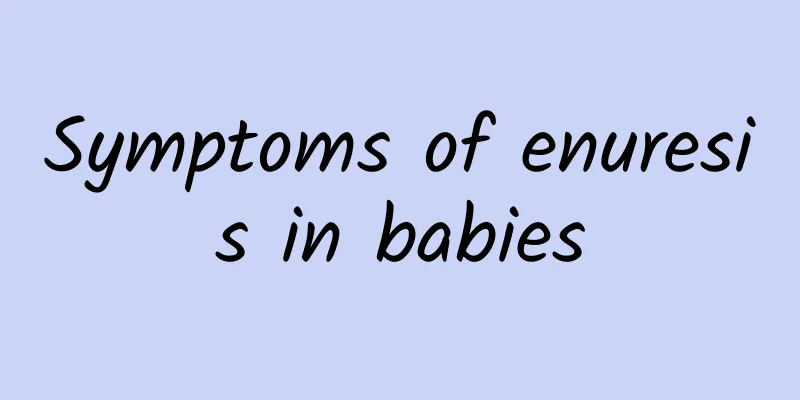How to treat language disorders? Use different methods to train different parts

|
Language disorders can have a great impact on a person's life, so it is necessary to detect and treat them as early as possible. Treatment mainly includes tongue training, lip training, face, jaw and throat training, and pronunciation training. 1. Tongue training: First, let the child lick lollipops, cookies, etc. with his tongue, and ask him to open his mouth, stick his tongue out as far as possible, and move it up and down and left and right. Then, lick the upper and lower lips with the tip of the tongue, and press the hard palate upward and backward. If he cannot do it actively, you can use a tongue depressor or massage the tongue, or use gauze to gently hold the extended tongue and move it up and down and left and right, or use a straw to suck the drink in the cup. 2. Lip training allows the child to open, close, protrude, and retract his lips, and pay attention to the coordination and symmetry of the movements. The child can also be asked to close his lips tightly and hold the tongue depressor. The therapist pulls the tongue depressor outward, causing the child to have to close his lips tightly to prevent the tongue depressor from being pulled out. This should be done three times a day. 3. Face, jaw and throat training: Instruct the child to smile, frown, open and close his mouth, and puff out his cheeks so that his cheeks are filled with air and then exhale gently. Repeat this process three times a day. You can also help the child wash his hands and suck to contract the cheeks and orbicularis oris muscles. When the mouth cannot be closed, patting the skin in the middle of the jaw and near the temporomandibular joint with your hands can promote mouth closure and prevent the jaw from protruding forward. For patients with severe cases, manual manipulation can be used to help lift the lower jaw: place the left hand under the jaw, the right hand on the head, and use the left hand to help lift and pull the lower jaw up and down, gradually closing the lips. You can also ask them to do chewing and swallowing training. 4. Pronunciation training: After doing lip, tongue, and jaw training, let the child maintain these movements for as long as possible, and then softly elicit the target sound, first pronouncing the vowel "auo", then the consonant starting with the labial sound "bpmf", and then gradually pronouncing "bapama"... Finally, transition to word and sentence training. 5. Training to overcome nasality uses methods such as guiding the airflow through the mouth, such as blowing candles, whistles, etc. to guide and concentrate the airflow. You can also ask the child to place his hands on the table and push down, or place them under the table and then push up, while making an "ah" sound, to promote the contraction and upward movement of the palate muscles. In addition, pronounce the root sound "ka" to strengthen the soft palate muscles and promote palatopharyngeal closure. |
<<: How to take care of your hair? It is important to develop good habits
>>: How to treat scarlet fever? Antibacterial therapy can be used
Recommend
Can midday urine be used to test for early pregnancy?
Female friends who are preparing for pregnancy ho...
How to repair a cracked walnut tip
Playing with walnuts is a way of playing that man...
How to grasp the time of sweat steaming weight loss?
The weight loss effect of sweat steaming is still...
Traditional Chinese Medicine for the Treatment of Cardiovascular Stenosis
The situation of cardiovascular stenosis is still...
Wormwood eczema is more serious
Nowadays, more and more people are suffering from...
Symptoms of a transient ischemic attack
Many people think that their parents are stingy a...
What is the difference between cupping and scraping?
We have two better treatment methods in tradition...
What to do if your baby has water beans
Generally speaking, mothers are very worried if t...
What happens if measles becomes serious?
I believe that many people should know something ...
What causes upper back pain?
Many people often experience upper back pain, usu...
What causes cracked tongue? Diseases from the tongue
The tongue is a window to health. Through this wi...
What diseases can snake skin fried eggs cure?
Many people have heard of snake skin fried eggs. ...
How to get rid of athlete's foot without recurrence
As the temperature gradually rises in spring and ...
How to treat low white blood cell count? Treatment of the cause is the most important
Low white blood cell count generally does not sho...
What should I do if my child easily loses his temper?
Children have the ability to vent their emotions j...









